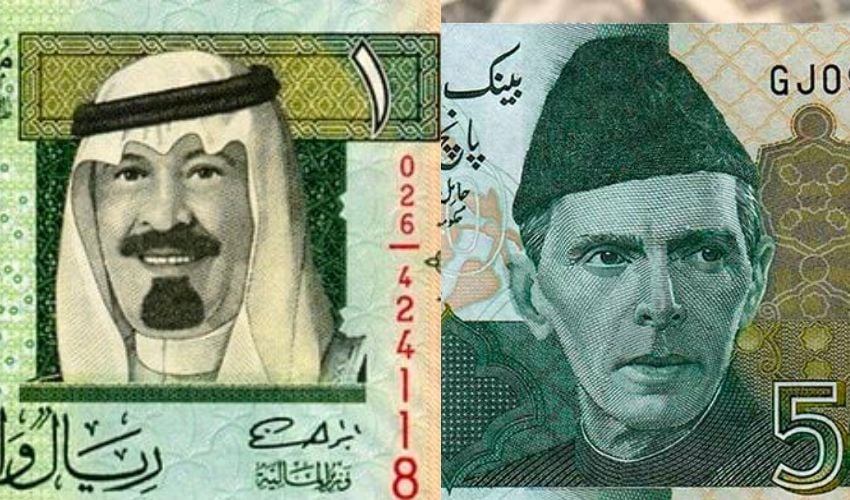The International Monetary Fund (IMF) has projected Pakistan’s GDP growth at 2.6% for the current fiscal year, down by 0.6% from earlier estimates, citing a sluggish economic environment and growing regional and global challenges.
The forecast was released in the IMF’s latest 'Regional Economic Outlook' for the Middle East and Central Asia.
According to the report, Pakistan's economy began to recover following devastating floods in 2023, particularly with a rebound in agricultural production. However, regional conflicts, especially in the Middle East and Central Asia, are now seen as significant threats to sustainable economic development across the region.
The IMF noted that economic activity in oil-importing countries, including Pakistan, is likely to gradually strengthen, but the pace of recovery remains slower than expected. “Growth will remain sluggish compared to October forecasts,” the report stated.
Pakistan’s GDP growth is projected to reach 3.6% in the next fiscal year, driven by improving macroeconomic conditions and easing inflation. The report highlights that inflationary pressures began to subside after October, prompting the State Bank of Pakistan to cut interest rates by 550 basis points. More reductions are expected in the second half of 2025.
Despite some improvements, external risks remain high, especially for developing economies like Pakistan. The IMF warned that increasing global trade tensions and policy uncertainty could negatively impact Pakistan’s exports, particularly to the United States. Moreover, the pace of institutional and structural reforms is expected to be slower than anticipated, posing an additional hurdle to economic momentum.
On a positive note, the IMF acknowledged that Pakistan is on a path of economic stabilization, aided by recent policy adjustments and an improving inflation outlook. However, high interest rates in early 2024 dampened growth efforts and made it difficult for businesses and consumers to access affordable credit.
The IMF urged Pakistan and other regional countries to stay focused on reforms, improve economic resilience, and prepare for external shocks that could arise from geopolitical instability or shifts in global trade dynamics.


























